The 8 Best Training Shoes of 2025, Tested
Why Training Shoes Are Essential for Your Workouts
Before slipping on running sneakers for an aerobics class or weightlifting session, take a moment to think about the footwear you’re using. These types of workouts require training shoes, designed to offer stability and firm support. Unlike running shoes, training shoes are lightly cushioned, flat, and grounded. According to Dr. Alicia Canzanese, a podiatrist and certified athletic trainer, training shoes are the “jack of all trades gym shoes.” They’re perfect for HIIT, CrossFit, weight training, and short bursts of running or jumping.
What to Look for When Shopping for Training Shoes
To help you find the best training shoes, I spoke with experts and gathered useful tips on key features to look for when shopping. Over the past two years, the NBC Select team has tested various training shoes, and we’ve compiled our top picks based on support, price, and activity type.
SKIP AHEADThe best training shoes of 2025 | Why trust UCN Select?
Want more from UCN Select?
Sign up for our newsletter, The Selection, and shop smarter.
How I Chose the Best Training Shoes
When searching for training shoes (often referred to as workout or gym shoes), experts recommend considering the following factors:
Activity Type: For stationary exercises like weightlifting or using gym equipment, opt for flat, minimalist shoes, according to Dr. Canzanese. For activities involving short running or jumping bursts, such as HIIT, choose shoes with more cushioning for impact absorption and support.
Stack Height: Stack height refers to the material between your foot and the ground, affecting the cushioning of the shoe’s midsole. A taller stack height provides more cushioning, while a shorter stack height offers firmer support. Training shoes tend to have lower stack heights than running shoes to ensure stability and support during exercises, as explained by Canzanese. Even the most cushioned training shoes are firmer than running shoes.
Offset (Heel Drop): Offset is the difference in height between the heel and toe of a shoe. Training shoes typically have a low offset (zero to eight millimeters), providing a flat sole that helps with stability. This flat base ensures all points of your foot are in contact with the ground, improving grip, as noted by Olivia Amato, a Peloton instructor.
Outsole: Rubber outsoles provide the best traction on gym floors, and when paired with a firm heel, they stabilize your feet, especially during jumps or lateral movements, according to Amato.
Toe Box: The toe box should offer enough space for your toes to spread out comfortably. This promotes better contact with the ground, especially during exercises that require pushing off or placing weight on the front of the foot. When trying on shoes, ensure that your toes aren’t cramped. If they are, the toe box is too narrow, says Canzanese.
Arch Support: Wearing shoes that don’t match your arch type can lead to foot pain. If you experience discomfort or a burning sensation in the soles, your shoes may not be right for your arches, says Kollins Ezekh, a certified personal trainer. Training shoes are often categorized as neutral, cushioning, or stability shoes, depending on your arch type (neutral, high, or flat). Check the product details online to ensure a proper fit for your arch.
Size: Unlike running shoes, which many people buy half a size larger, training shoes should fit snugly without any foot movement inside. This prevents discomfort, blisters, and calluses. Be sure to buy the exact size based on your foot measurements, says Ezekh.
Return Policy: Trying out shoes is the best way to assess their fit and suitability for your exercise routine. Check the return policy when shopping online to know how much time you have to decide if the shoes are right for you.
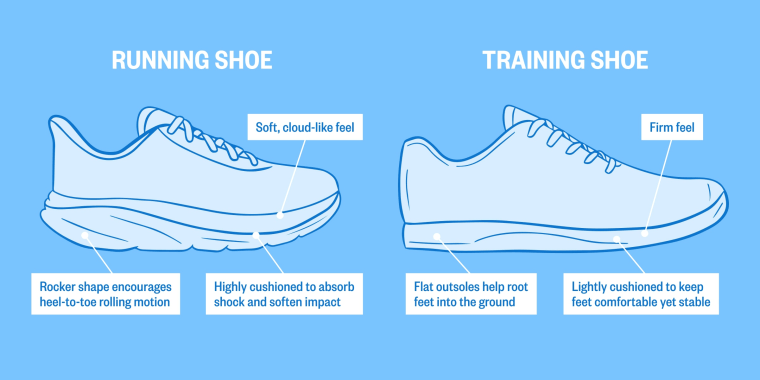
The best training shoes of 2025
To recommend the best training shoes, I compiled a list of experts’ favorite models and those the NBC Select staff have tested. Not all brands disclose their training shoes’ stack heights, offsets and arch support types — if they do, that information is also below. Every training shoe on this list is available in half and whole sizes, and they all come in various colors.
Best overall: Nike Free Metcon 6
Nike’s Metcons are one of the most popular training shoes for working out, says Ezekh, who wears them while doing deadlifts and squats. NBC Select SEO editor Nikki Brown also loves them. “They’re as comfortable as they are stylish, and extremely supportive for my very flat feet,” she says. “I like wearing them while using my vertical climber at home — they’re not too bouncy and keep my feet sturdy while I’m pushing down on the steps.”
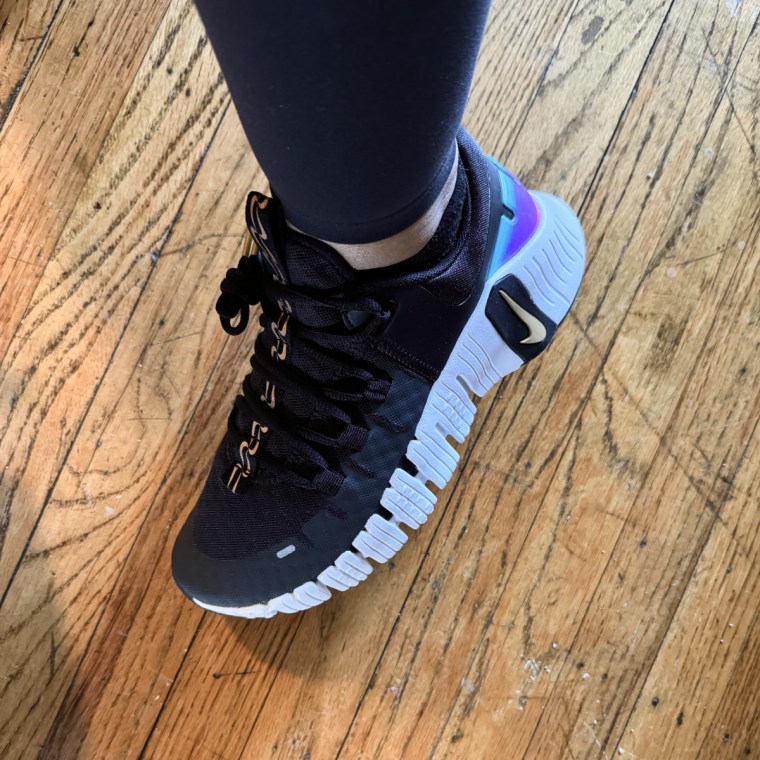
The Metcons have a flexible midsole and outsole to support your feet’s natural movements whether you’re jumping or lifting weights. Their cushioning helps soften your impact and keep feet comfortable, and their heel is reinforced with foam to create a stable base. The shoes are also designed with grippy outsoles and breathable, lightweight, stretchy mesh uppers, as well as cables that connect the lacing and sole to secure feet in place.
Men’s sizes: 6 to 15 | Women’s sizes: 7.5 to 16.5
Best for HIIT: APL TechLoom Tracer
APL’s TechLoom Tracer is one of my favorite training shoes, and it’s designed with a non-stretch material to keep your feet centered on the footbed and offer lateral stability, according to the brand. I wear these shoes during HIIT workouts because they provide strong support for both strength and cardio bursts. They’re especially helpful in sculpt classes, where I quickly transition between Pilates exercises with dumbbells and dance sections. The versatility of these shoes makes them ideal for rapid changes in movement.
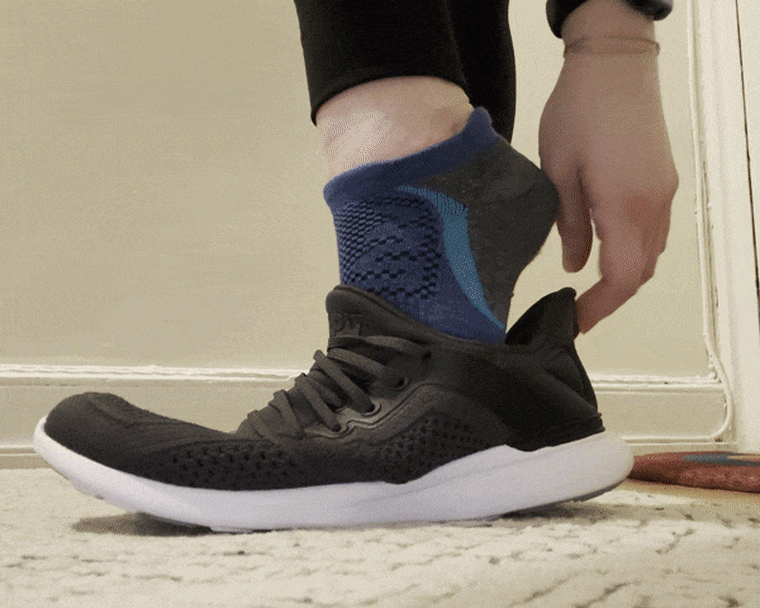
The TechLoom Tracers have an 8 millimeter offset and light cushioning that keeps my feet padded, but it’s not too thick, so I’m always close to the ground while training. The shoe’s collar and tongue are soft against my skin, plus its sculpted heel and rubber traction pads help me keep my balance. I also love that I can tuck the shoe’s laces in so they’re slip-ons, or tie them in a bow.
It’s important to note that these shoes have a snug fit at first, but the more you wear them, the more they loosen up. I had a hard time getting them on and off my feet for a week or two, but now I easily slip them on.
Men’s sizes: 7 to 15 | Women’s sizes: 5 to 11
Best for cross training: Reebok Nano X5 (pre-order)
Reebok first launched its Nano training shoes in 2011, and the X5s are the newest iteration — they officially launch on Jan. 24 and are currently available to pre-order at select retailers. Compared to the X3s and X4s, which I’ve also tested, these are hands-down the most comfortable and versatile. They’re designed for cross training, meaning incorporating different types of exercise into your workout regime to target all the muscle groups in your body. I mainly wear the Nano X5s while lifting weights, riding a stationary bike and using the elliptical machine. I can comfortably use them for over an hour and feel stable while doing different movements.
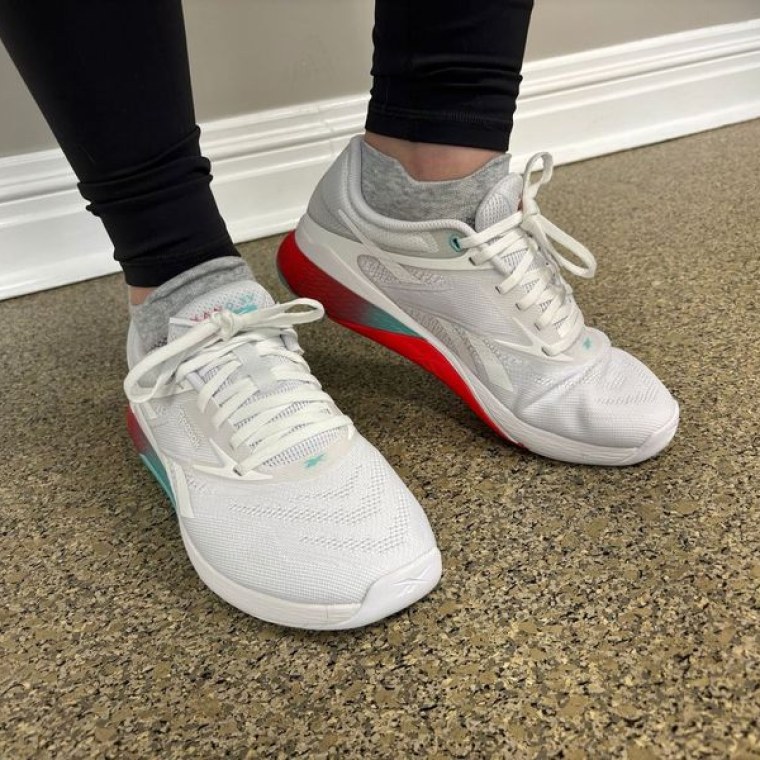
The X5s have a dual-density midsole with a firm, stabilizing foam in the heel and a softer, more responsive foam in the forefoot to support you during short stints of running or jumping. The shoe’s plush collar helps keep your feet in place, and its outsole is decoupled, meaning it’s separated into two parts to make it more flexible. It also has a grippy rubber outsole and breathable polyester upper.
Men’s sizes: 7 to 14 | Women’s sizes: 8.5 to 15.5
Best basic training shoe: No Bull Outwork
With a 4 millimeter offset, low cushioning, grippy rubber outsole and wide toe box, the NoBull Outwork meets all of experts’ specifications for an ideal training shoe. Their upper is made from the brand’s SuperFabric, a durable material treated with a water-repellent coating, and their tongue is perforated to keep your feet cool. The shoes have a snug fit, so some customers prefer ordering a half size up from what they normally wear, according to the brand.
Men’s sizes: 8 to 16 | Women’s sizes: 5 to 11
Best for heavy weights: Vans Authentic Shoe
For stationary lifts like deadlifts with heavy weights, wear a training shoe that has the least amount of cushioning possible, says Canzanese. Cushioning can compress under a heavy load, which compromises your stability, form and technique. That said, Vans are a completely legitimate deadlifting shoe, as are basic Converse, says Canzanese. “They’re nice and spacious by the toe, and their outsole is completely rubber and durable, so it’s not going to compress under a heavy load. The bottoms are also really grippy so you’re not going to slip at all.” However, since Vans are so flat and designed with little cushioning, they’re not great for training that incorporates aerobics like running or jumping. You can buy these Vans in standard and wide sizes.
Men’s sizes: 3.5 to 17 | Women’s sizes: 5 to 18.5
Best for stationary activities:Under Armour UA Reign 6 Training Shoe
These training shoes have a 2 millimeter offset, making them one of the flattest pairs on this list, so they’re best for weightlifting and other stationary activities like using cable machines or similar gym equipment. The sneakers’ breathable, durable mesh upper keeps feet cool and they have a rubber outsole, plus additional rubber under the toe box to increase grip. There’s also a triangle base in the outsole that helps your feet maintain contact with the ground. The shoes are made with two heel stabilizers and dual-density foam in the midsole — there’s softer foam in the forefoot and firmer foam in the heel.
Men’s sizes: 7 to 15 | Women’s sizes: 5 to 12
Most breathable: Adidas Dropset 3 Strength Training Shoes
These training shoes have an airflow window that you can see when you flip them over — the little cutout goes through the midsole and outsole and has mesh over it.
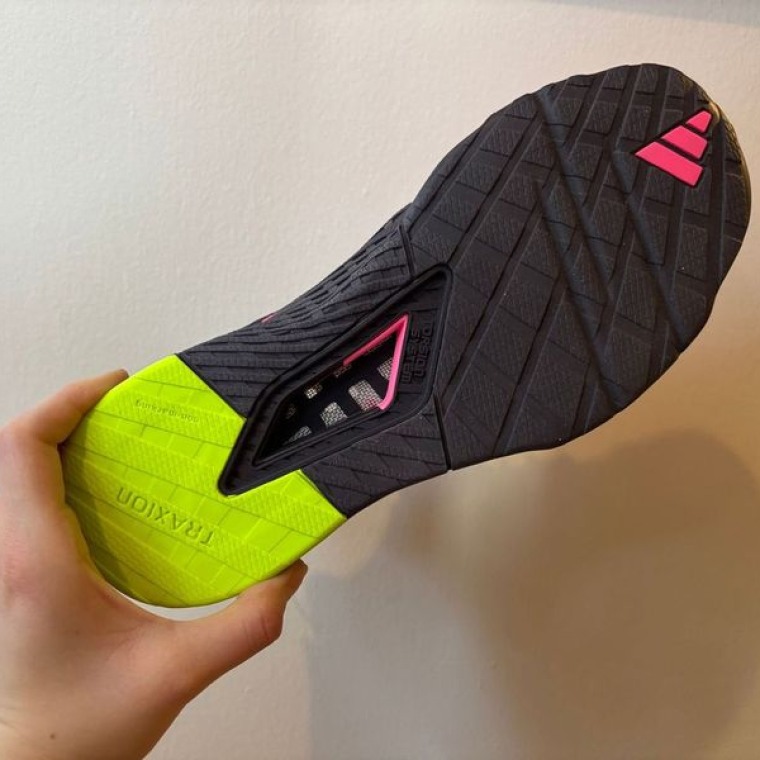
The airflow window greatly increases the shoes’ breathability, keeping my feet cooler than any other pair I’ve tested, even when I wear thick socks. The shoes’ dual-density midsole makes them stable enough for heavy lifts and flexible enough for short aerobic intervals, plus their wider fit prevents you from worrying about your feet swelling. The Dropset 3s have a 6 millimeter offset and a grippy outsole. There’s also strategically placed cushioning in the back of the shoes to keep your heels locked in the optimal position for weightlifting.
Men’s sizes: 4 to 18 | Women’s sizes: 5 to 14
Editor’s pick: On Cloudpulse
The Cloudpulse is On’s first training shoe, which Rebecca Rodriguez, NBC Select editorial projects manager, relies on at the gym. “The rigidity of the shoe and the flat bottom makes me feel more secure in my positions,” she says. “And despite the flat sole, the sneaker still provides light cushioning, comfort and arch support.” Rodriguez’s feet stay cool while working out thanks to the breathable upper, and she also appreciates the Cloudpulse’s stylish design — since she wants to wear them, she feels encouraged to do her workouts.
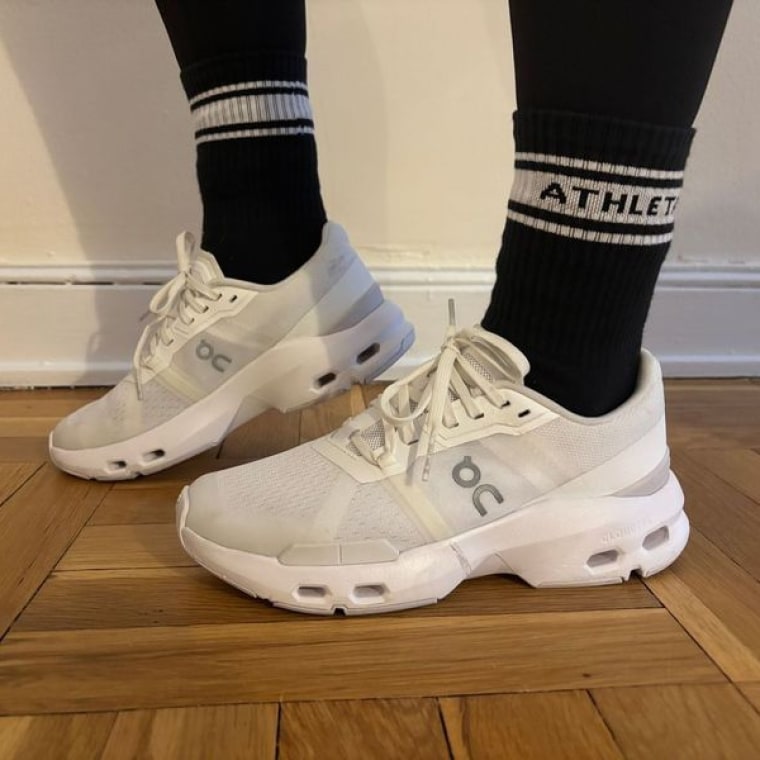
These shoes have a wider toe box, grippy rubber outsoles, and a flexible plastic plate to support lateral movements. Additionally, with a medium amount of cushioning and an 8-millimeter offset, they’re perfect for interval training and HIIT exercises. However, they may not be suitable for heavy weightlifting.
Men’s sizes: 7 to 14 | Women’s sizes: 5 to 11
Frequently Asked Questions
When should you wear training shoes?
Wearing shoes designed for your activity is key to foot comfort and injury prevention, says Dr. Canzanese. In fact, athletic sneakers are made to meet the demands of specific sports or exercises. Wrong shoes can disrupt your body’s support, leading to injuries like shin splints, Achilles tendonitis, and lower back pain. Moreover, if your workouts vary—such as running and weightlifting—it’s best to have separate shoes for each. This approach helps prevent discomfort and injury.
What’s the difference between training shoes and running shoes?
Although both training shoes and running shoes fall under the athletic footwear category, they serve different purposes. Running shoes, for example, are designed to support the repetitive, linear motion of running. In contrast, training shoes are built to prioritize stability for a wider range of exercises.
The primary difference lies in the cushioning. Running shoes often feature foam padding to absorb impact during running, creating a “cloud-like” feeling. This level of cushioning is not ideal for training shoes, which should allow you to feel more grounded. Minimal cushioning in training shoes provides better stability, especially during weightlifting or HIIT. Training shoes have flat outsoles for various movement patterns, while running shoes feature a rocker shape to aid heel-to-toe motion.
How do you determine your foot arch type?
There are three main types of foot arches: flat, neutral, and high. To determine your arch type, simply stand upright and observe how much of your arch touches the ground.
- Flat arches: The arch completely touches the ground.
- Neutral arches: There’s a small space between the ground and the arch.
- High arches: There’s significant space between the arch and the ground.
Identifying your arch type is crucial for selecting the right shoe. When shopping for athletic sneakers, you may come across labels like neutral, cushioning, or stability shoes. These labels correspond to your arch type: neutral, high, or flat. Be sure to check the product details to ensure the shoes match your arch type. If you experience arch pain, it’s always best to consult a podiatrist for professional advice.
Meet our experts
At NBC Select, we collaborate with professionals who have specialized knowledge and experience, ensuring unbiased advice and recommendations.
- Dr. Alicia Canzanese is a podiatrist and certified athletic trainer.
- Olivia Amato is a Peloton Bike, Tread, and Strength instructor.
- Kollins Ezekh is a certified personal trainer, boxing coach, and owner of Members Only Boxing and Fitness.


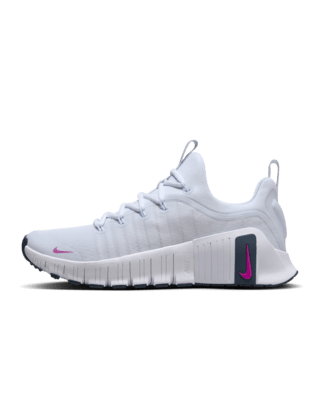
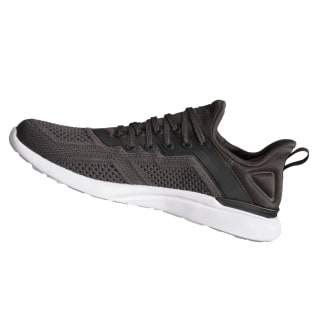
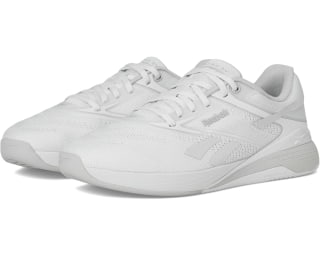
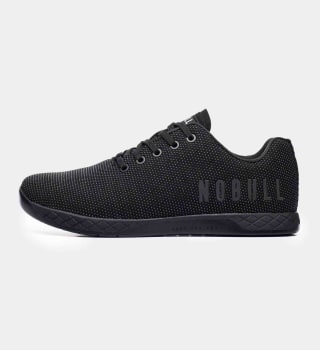
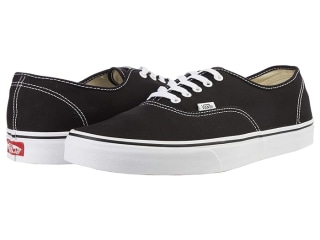
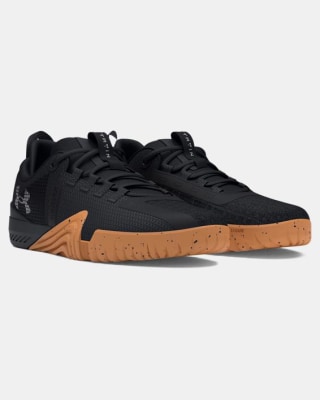
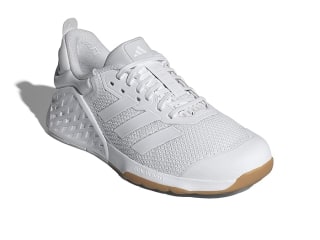
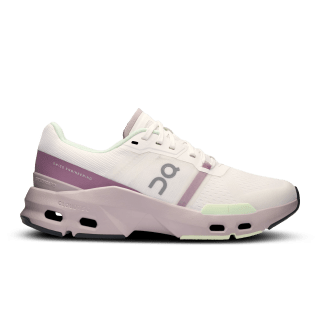

Leave a Reply